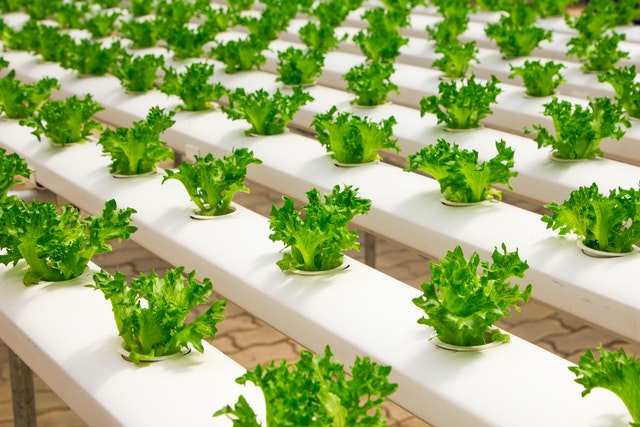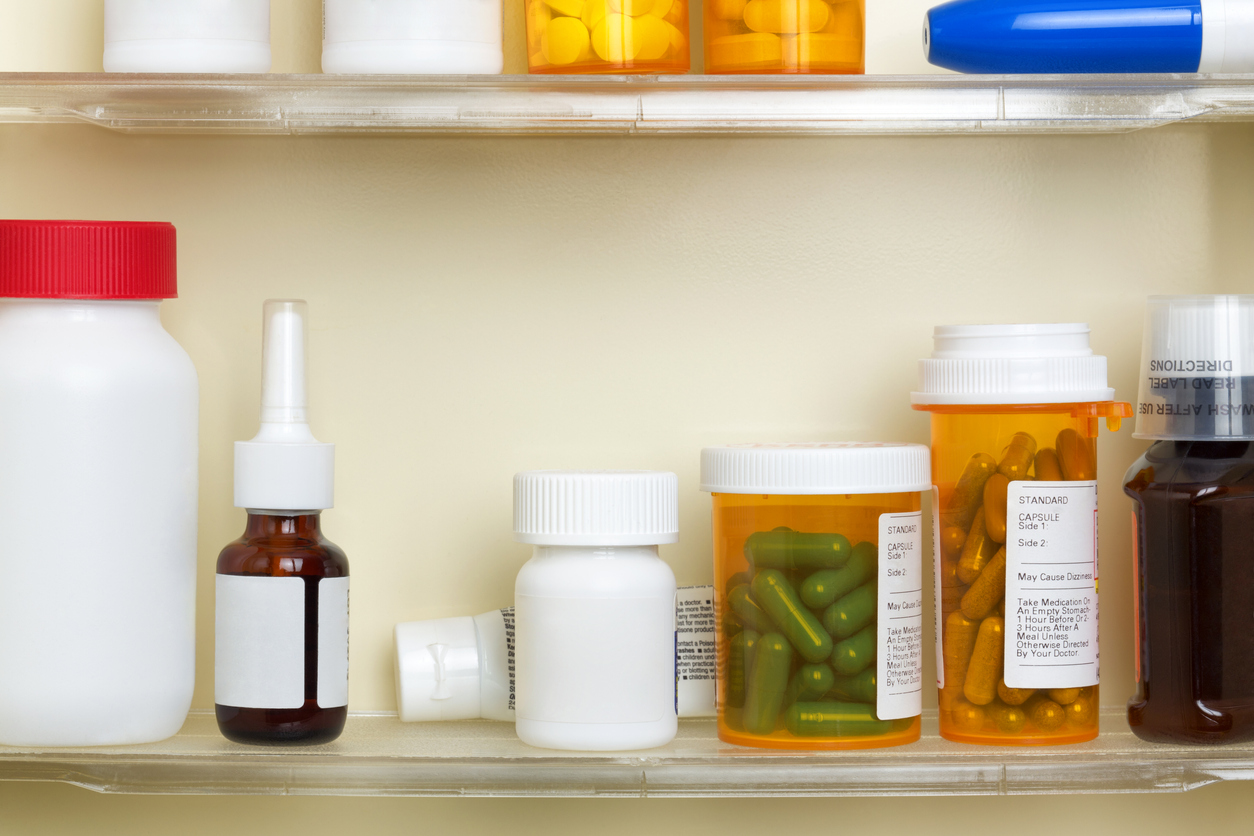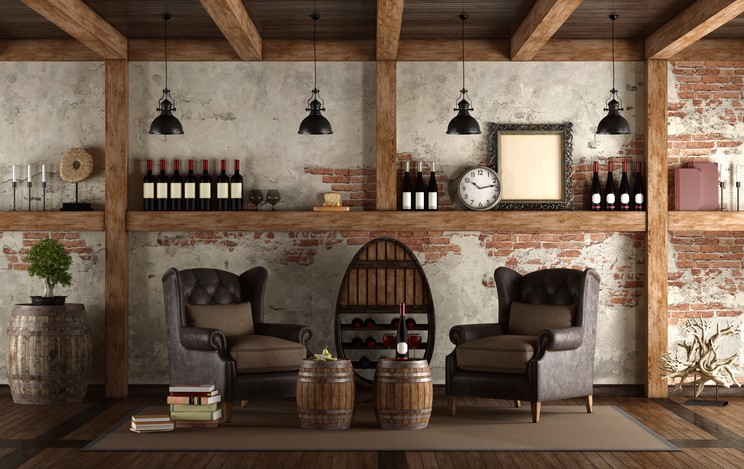When you first look at all the factors that go into planning, constructing, and utilizing a hydroponic growing system, getting started in hydroponics may seem like an impossible challenge. This is especially true if you are just beginning. However, you’ll be delighted with the results once you bring in your first stunning haul.
The size of a hydroponic system can range from a single pot up to a string of greenhouses used in commercial agriculture. Combined vertical planting techniques and hydroponics can reduce the amount of space needed by as much as 99%. One of the reasons for this is that in a hydroponic system, the plant roots do not need to spread out to find food because the system surrounds them in the water they grow. This allows for the cultivation of more plants in a given area.
Hydroponic gardening uses significantly less water than traditional soil-based gardening. Typically, a plant will only use about 0.1% of the water absorbed by its roots, and the remaining water will be expelled back into the atmosphere. The water taken up by a plant is recirculated and used again in a hydroponic system, which results in significant cost savings related to water usage.
A water-based nutrient solution is used in hydroponics to deliver nutrients to plant roots. The majority of home hydroponic systems use a nutrient solution that is made by combining water and a commercial fertilizer blend. However, organic hydroponic systems use sources like kelp, wood ash, bone meal, and manure.
Because the plant’s food is delivered through the water directly to the root systems, these plants can grow more quickly and produce larger yields. As a result, you will receive not only greater and tastier food but also richer in nutrients.
Here are some advantages hydroponics has over conventional soil-based plant cultivation:
- Maximizes Space.
- Conserves Water.
- Facilitates a Micro-Climate.
- Produces Higher Yields.
- Require Less Labor.
- Needs No Soil.
- Produces Higher Quality Food.
- Reduces Supply Chain.
We reached out to the experts for helpful tips about growing a hydroponic garden.
What’s the best way to set up a hydroponic garden?
The easiest way to set up a hydroponics garden is to use a Deep Water Culture (DWC) system which means the roots of the plant will dangle in nutrient-rich water to feed the plant directly. This enhances the quality of the plant as well. Normally, DWC hydroponics users use net pots to hold the plants and a starter plug to hold the seed initially. An air pump and air stone are required to pump air into the water. A grow light with a timer is needed to replicate the sun. Finally, a sturdy grow tent like the Galaxy Grow Tent is recommended to contain the entire system in 1 room.
- –Albert at Dealzer.
Could hydroponic greenhouse farms be a viable solution to reducing water consumption?
Hydroponics is an excellent way to grow certain crops in greenhouses. Tomatoes, cucumbers, peppers, leafy greens, herbs, and strawberries have been grown commercially in hydroponic greenhouses for decades, successfully, profitably, and yes, saving much water in the process over outdoor production of those crops.
But hydroponic greenhouse systems are expensive to install and operate, labor-intensive, and are not horticulturally viable in all areas of the world. Heating and cooling costs, humidity control, and supplemental light all add to the cost of the finished hydroponic vegetable. And many important crops will never be viable in a hydroponic greenhouse setting.
That said, there are ways to make traditional farming more water efficient, including drip systems, irrigating at appropriate times and rates, and capturing runoff better …
As the question asks, hydroponics is “a” solution; they are not “the” solution. I suspect the solution uses a combination of systems appropriate for the region, climate, market, and crop.
– Chris Beytes, editor, GrowerTalks/Green Profit, and Acres Online.
What can someone grow in a hydroponic garden?
- You can grow herbs, vegetables, fruits, flowers, and plants in a hydroponic garden.
- Dr. William Frederick Gericke, a plant nutritionist at the University of California, perfected hydroponic gardening. In 1936, Dr. Gericke grew 25-foot tomato plants that yielded almost a ton of produce in only 10 square feet.
- The “Wick” and “Air Gap” are the best systems if you are starting your first hydroponic garden. A simple hydroponic gardening system needs six things:
A nutrient-rich water solution (containing the 17 essential nutrients)
A light source — whether sunlight or growth lights
Seeds or plant cuttings
A growing medium (like Perlite or Coco coir)
Water with an optimum pH level between 5.5 and 6.5, and
The suitable temperature/climate is between 60 and 80°F.
There are over 100 herbs, vegetables, fruits, flowers, and plants that you can grow as microgreens. And just about any plant you grow as a microgreen; you can grow hydroponically.
The most popularly grown hydroponic plant is lettuce. It is so easy for astronauts on the International
Space Station to eat hydroponically space-grown red romaine lettuce in 2015.
With the correct environment and growing conditions, any plant can grow hydroponically and be just as
nutrient-dense as conventionally soil-grown plants
I have put together a list of 45 plants that are easy to grow hydroponically.

Growing plants hydroponically at home is something you can do on your own without spending much
money, prep work, or equipment. You can also purchase a high-quality kit online with everything you need for success.
– Andrew Neves at Microgreens World
How does a drip irrigation system work?
How to choose the right plants for a hydroponic garden?
With a hydroponic system, you can grow almost anything. Under the right conditions, including nutrient-rich water, oxygen, sunlight, or grow lights, you can grow plants indoors all year. Many plants lend themselves better to being grown hydroponically, and these are the ones to focus on. Other plants, such as corn, might not be worth the time and effort. Hydroponics is about space efficiency, so look for plants that fit this goal. Compact plants like greens do best, especially if you are starting. With a plant such as corn, it is probably not worth the time and effort. You also must have the vertical space for the plant to flourish. Squash and melon are also not worth the effort because of their size.
Salad greens, including lettuce and other leafy vegetables such as kale and spinach, are good for a small hydroponic garden. You can gather the exterior leaves, and the interior leaves will quickly grow to replace them, which means an extended harvest. Also, many of the leafy green vegetables have shorter growing times, and you eat them more often and year-round compared to other vegetables.
Vegetables will require at least 6 hours of sunlight, and if you can’t provide this on your countertop, you’ll need to add grow lights to your garden to ensure they get the light they require. Some popular vegetables to grow hydroponically are celery, cucumbers, peppers, and tomatoes.
When picking plants to grow, be sure to select varieties from seed companies that have a reputation for thriving hydroponically.
– Susan at Blooming Secrets
Basic tips to take care of your indoor plants
The three most important basics in indoor plant care are light, water, and humidity.
All plants need light to grow, some more than others. Desert plants like plenty of sun. Other plants are used in a natural habitat where they grow under the canopies of trees in dappled light. They can do with less light. But all plants need light. There is no such thing as plants growing in no light at all. If needed, you can supplement light with a grow lamp.
Most indoor plants do well in bright, indirect light. Protect windowsill plants from the harsh midday sun with a sheer curtain if needed.
When to water is another important point in plant care. The most common cause of houseplants dying is overwatering. This doesn’t mean that you are giving too much water. It means you are watering too often and not giving the soil a chance to dry out. Frequent overwatering can lead to root rot which is irreversible and could be the demise of your plant.
The best way to tell if it is time to water is to feel the soil. Most plants, with some exceptions like African violets, like at least the top of the soil to dry out before being watered. Stick your finger about two inches below the surface of the soil. If it feels moist, wait a few days and check again. If it is dry, water thoroughly.
The last point is humidity. Most leafy plants sold as houseplants originate from tropical climates where they are used to much higher humidity than you will find inside our homes. To not have them wither away, you will need to raise the humidity. Misting helps temporarily, but you could also place your plants on a pebble tray with water or place a small humidifier nearby.
– Deborah Green at modandmint.com
When growing food inside or in tiny places, hydroponics can be effective since it gives you more control over your plants’ growth without using soil. Hydroponics aims to effectively duplicate the essential components of a plant’s natural environment by delivering precise amounts of nutrients at specific times. And whether you decide to employ hydroponics to grow your food or consume food that has been hydroponically cultivated is a personal decision with several elements to consider.




